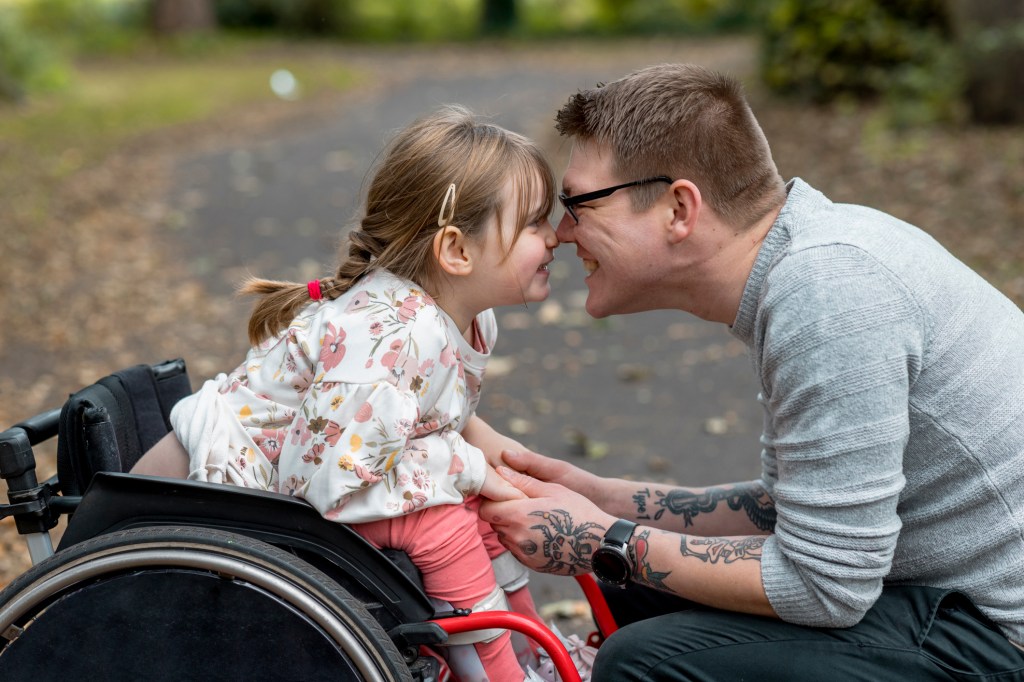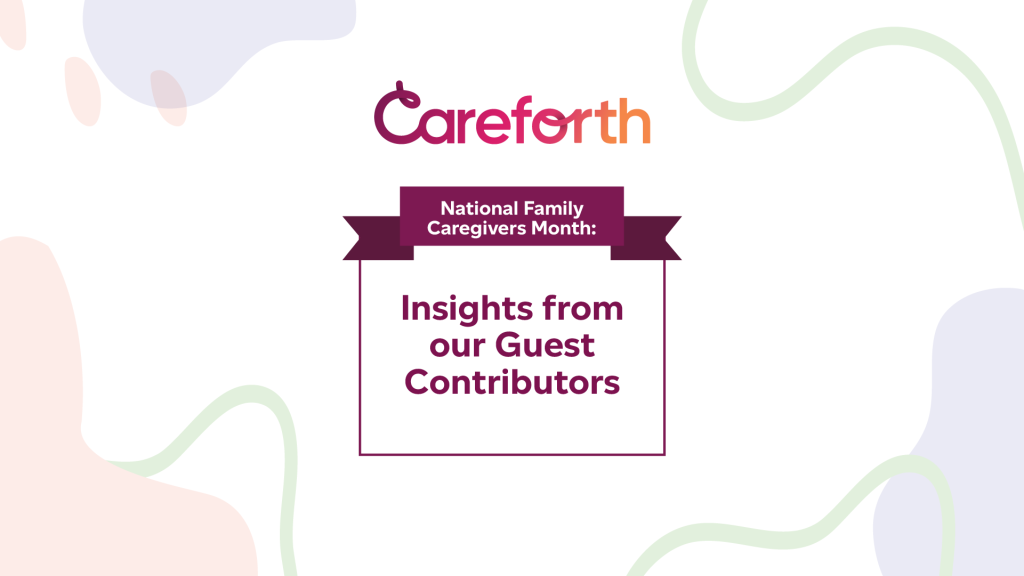With the search for Alzheimer’s drugs foundering, tech firms try to offer solutions
STAT highlighted Seniorlink in their coverage of tech solutions for Alzheimer’s disease at Digital Health Summit 2019. Tom Riley, CEO of Seniorlink, spoke on the panel “Who Will Rescue Alzheimer’s if Pharma Can’t?” that brought together several of today’s most successful technology innovators to discuss how their companies have developed technologies to manage Alzheimer’s patient symptoms. Seniorlink’s technology, Vela, is a digital care communication platform that connects care teams with family caregivers and patients so they’re able to easily share images, videos and send messages in real-time.
The solution is not simply developing tools to manage patient symptoms, but to deliver better support to family caregivers who are collectively spending more than $500 billion annually to care for elderly relatives.
“If we do not support the role of family caregivers and value them in this process, there is nothing we can do to bend the cost curve beyond what we’re doing,” said Thomas Riley, chief executive of Seniorlink, which developed a digital communication platform to help coordinate care for Alzheimer’s patients.
…
Riley, the CEO of Seniorlink, said that means care will be increasingly delivered in home settings, where technology can help facilitate access to timely information and care. Seniorlink’s communication platform, called Vela, is a digital messaging service that can be used by all the family members, clinicians, and service providers involved in a patient’s care. Similar to workplace platforms like Slack, it lets the parties communicate in real time to address emergent problems and share information about changes in a patient’s condition and level of need.
Riley said the company is using analytics to help recognize patterns in patients’ symptoms, in an effort to flag optimal interventions for caregivers. He cautioned, however, that such technology should be used only to augment human care — not replace it.
“Money always rushes to technology,” he said. “But what technology gives you is data that humans still have to act on. And to act on it, they have to be able to trust it.”
To read the full article, click here.
More insights like this:
-

Careforth Expands Coordinated Caregiving Services Statewide in North Carolina
Read more: Careforth Expands Coordinated Caregiving Services Statewide in North CarolinaCareforth, a leading provider of caregiver support and resources, is expanding its family caregiving services to the entire state of North Carolina. Careforth’s comprehensive services provide financial assistance, expert coaching, and emotional support to caregivers of people of all ages. Having launched in 2020, we are currently serving hundreds of caregivers across the…
-
Marc Russo Named Careforth Chief Executive Officer
Read more: Marc Russo Named Careforth Chief Executive OfficerCareforth is pleased to name Marc Russo as its new Chief Executive Officer, effective immediately. Russo joins Careforth with a distinguished and successful career in healthcare including operational and financial leadership at several managed care organizations. “It’s a privilege to step into this role at Careforth, where the focus is on providing families…
-

A Crucial Partner to Family Caregivers: Elevating the Role of Direct Care Workers
Read more: A Crucial Partner to Family Caregivers: Elevating the Role of Direct Care WorkersNovember is National Family Caregivers Month, a time to recognize and celebrate the 53 million family caregivers who provide care and support to loved ones. While we honor caregivers, it’s important to also shine a light on vital partners in care: direct care workers. Every day, direct care workers and family caregivers work…